 |
| Haedong Yonggungsa - a temple with a history of over 600 years in Busan (Korea) |
I was born and raised in Hue - a land known as a sacred land, where hundreds of ancient pagodas and many tombs of Nguyen Dynasty kings converge... Perhaps that has partly influenced me, making me since childhood have a curiosity, inquisitiveness and an inexplicable belief in the spiritual aspect.
I still remember when I was studying in Hue, every time there were important exams such as the secondary school graduation exam or high school graduation exam, in addition to studying hard, our teachers often took students to big pagodas to pray, hoping to receive luck and help students have more confidence that they would pass the exam smoothly. My father also took me to visit the mausoleums many times, listening to him tell stories about the kings and mandarins of the past, hoping that through that I would learn lessons about life and morality.
Now studying abroad in Korea, in the program, the school where I study also often organizes for us many field trips to learn about the culture and beauty of this country. The visit to Haedong Yonggungsa Temple in Busan is one of them and is the trip that left me the deepest and most interesting impressions.
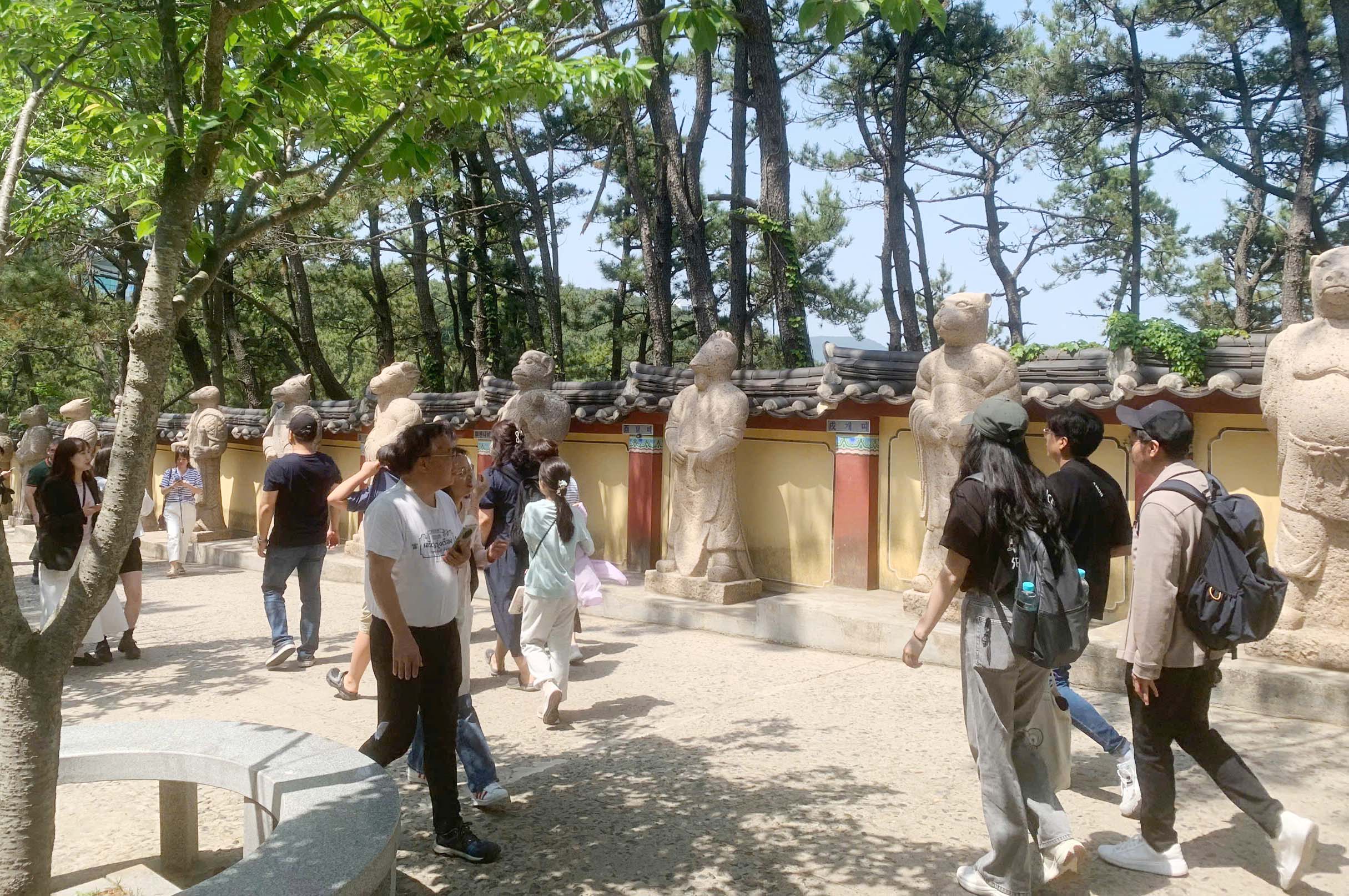 |
| Entrance to the temple and the row of statues of the 12 zodiac animals |
The bus carrying nearly 40 students departed from Yeongdo-gu, Busan - where KMOU (Korea Maritime & Ocean University), the school we were studying at, and after driving for more than 2 hours, we arrived at Haedong Yonggungsa . Although it was a weekday, we had to say that before our eyes was a sea of people with many tourist groups, including many groups from England, America, Spain... According to the tour guide, this temple was built in 1376, during the Goryeo Dynasty, founded by the eminent monk Naong Hyegeun . After many events, especially during the war with Japan in the 16th century, this temple was destroyed, and it was not until the 1930s that it was restored.
 |
| "Wishing Tree" at Haedong Yonggungsa |
Legend has it that one day, the monk Naong Hyegeun was told by Bodhisattva Guanyin riding on the back of a dragon in a dream that he should build a temple by the sea to bring peace and prosperity to the country. That's why, among the many statues in this temple, there is a very beautiful stone statue of Bodhisattva Guanyin, erected on a large, majestic, gentle rock facing the sea. The story makes me have an interesting association because it seems quite close to the legend of Thien Mu Pagoda in Hue. Legend of Thien Mu Pagoda tells that around the middle of the 16th century, when Lord Nguyen Hoang followed the advice of Trang Trinh Nguyen Binh Khiem: "Hoanh Son Nhat Dai - Van Dai Dung Than", he asked to be allowed to guard the land of Hue now. Here, a fairy showed him a location on a hill next to the Perfume River, and advised him to build a temple there to bring good luck and receive the protection of heaven and Buddha, and to sustain the dynasty. Lord Nguyen followed suit, and the pagoda was named Thien Mu Pagoda (Heavenly Lady). In Busan, Korea, the name Haedong Yonggungsa means “Dragon Temple on the East Sea of Korea”. The pagoda symbolizes strength, sacredness, and protection.
 |
| The legend of Haedong Yonggungsa has similarities with the legend of Thien Mu Pagoda (Hue, Vietnam) |
Passing through the temple gate, on both sides of the 108-step path are rows of statues of the twelve zodiac animals: Rat, Ox, Tiger, Cat, Dragon, Snake, Horse, Goat, Monkey, Rooster, Dog and Pig - exquisitely carved, symbolizing the guardian animals in Eastern culture. What impressed me most was the unique location of the temple right next to the deep blue sea. The sound of waves lapping and the sea breeze blowing through the ancient temple roof made visitors clearly feel the harmony between nature and humans.
Inside the temple, visitors can write their wishes on strips of paper hanging on the “wishing tree”, participate in meditation or burn incense to worship Buddha. These activities have made Haedong Yonggungsa a famous spiritual and tourist destination not only in Busan but also in the whole of Korea. This is not only a place of worship but also a spiritual and cultural center, where the beliefs and aspirations of the Korean people converge.
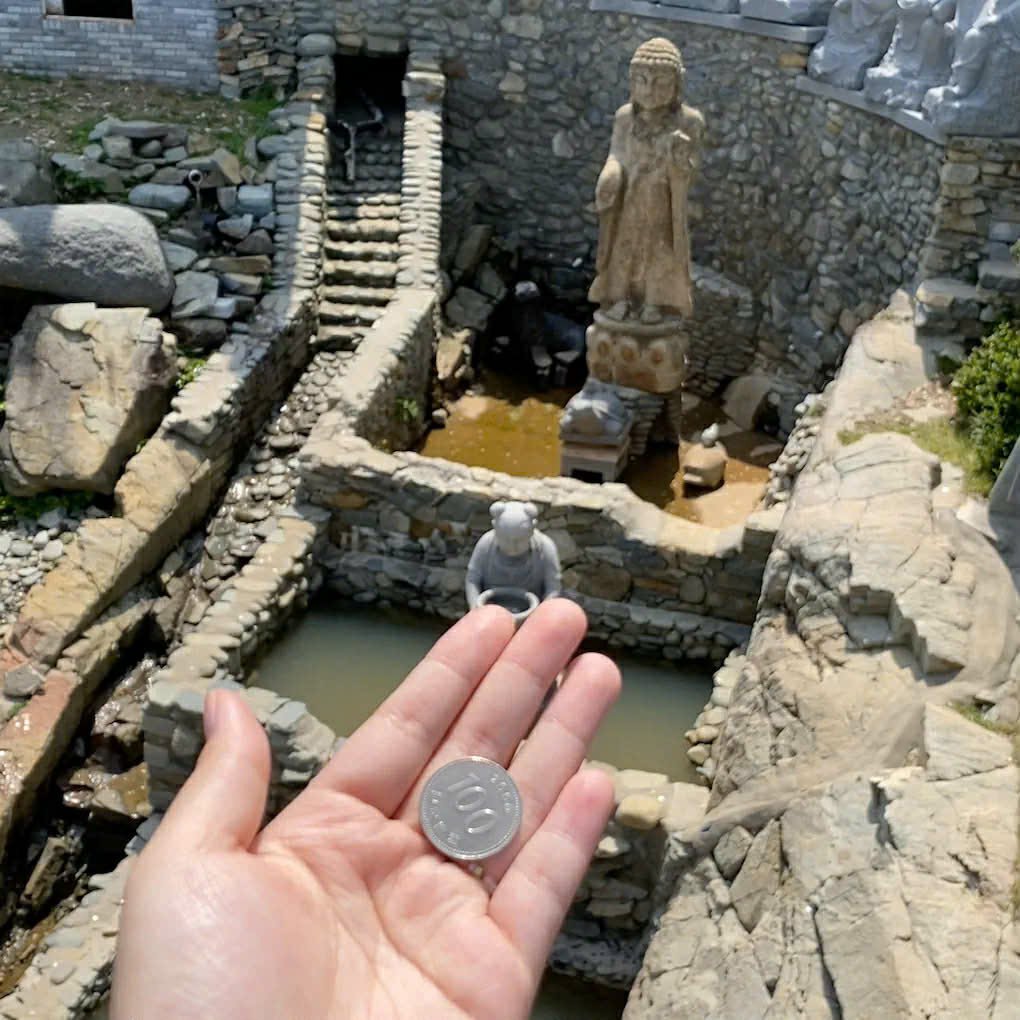 |
| Tourists throw coins into the lake at Haedong Yonggungsa with the belief that their wishes will come true. |
The visit to Haedong Yonggungsa not only gave me the opportunity to admire the beautiful scenery, but also helped me to understand more about the cultural and spiritual values of the people in the country where I am studying. Amidst the blue sea and rocky mountains, I suddenly understood that beauty lies not only in the magnificence, but also in the harmony, tranquility and balance between humans and nature.
At the end of the tour, I silently thanked KMOU, our beloved school, because in addition to the classroom hours, the school organized field trips and cultural tours like that, which helped me and my friends broaden our knowledge, nurture our souls and love the noble spiritual values that this country brings. That was also the inspiration and motivation for us to try harder to achieve the best results in the two years of studying abroad here.Source: https://huengaynay.vn/van-hoa-nghe-thuat/tham-haedong-yonggungsa-ngoi-chua-han-co-truyen-thuyet-tuong-dong-chua-thien-mu-159674.html








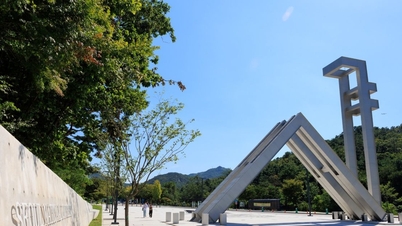











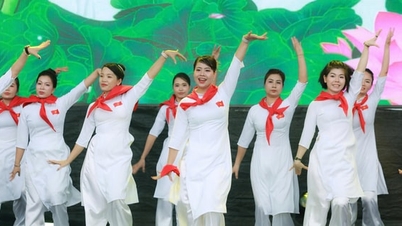



















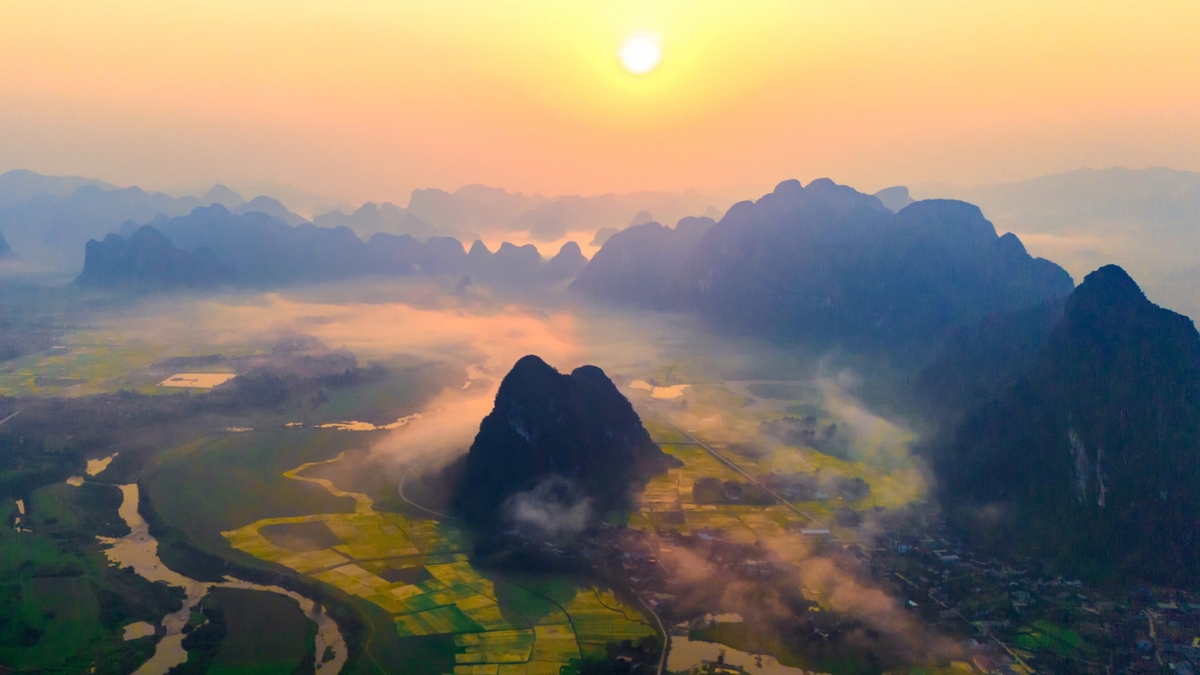










![[Video] Hue Monuments reopen to welcome visitors](https://vphoto.vietnam.vn/thumb/402x226/vietnam/resource/IMAGE/2025/11/05/1762301089171_dung01-05-43-09still013-jpg.webp)








































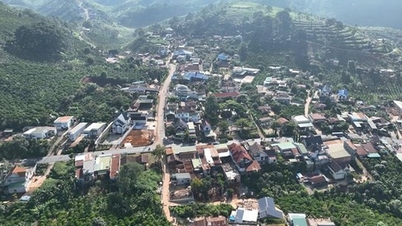









![Dong Nai OCOP transition: [Part 2] Opening new distribution channel](https://vphoto.vietnam.vn/thumb/402x226/vietnam/resource/IMAGE/2025/11/09/1762655780766_4613-anh-1_20240803100041-nongnghiep-154608.jpeg)













Comment (0)